Oxfordshire Election Diary: Week 2
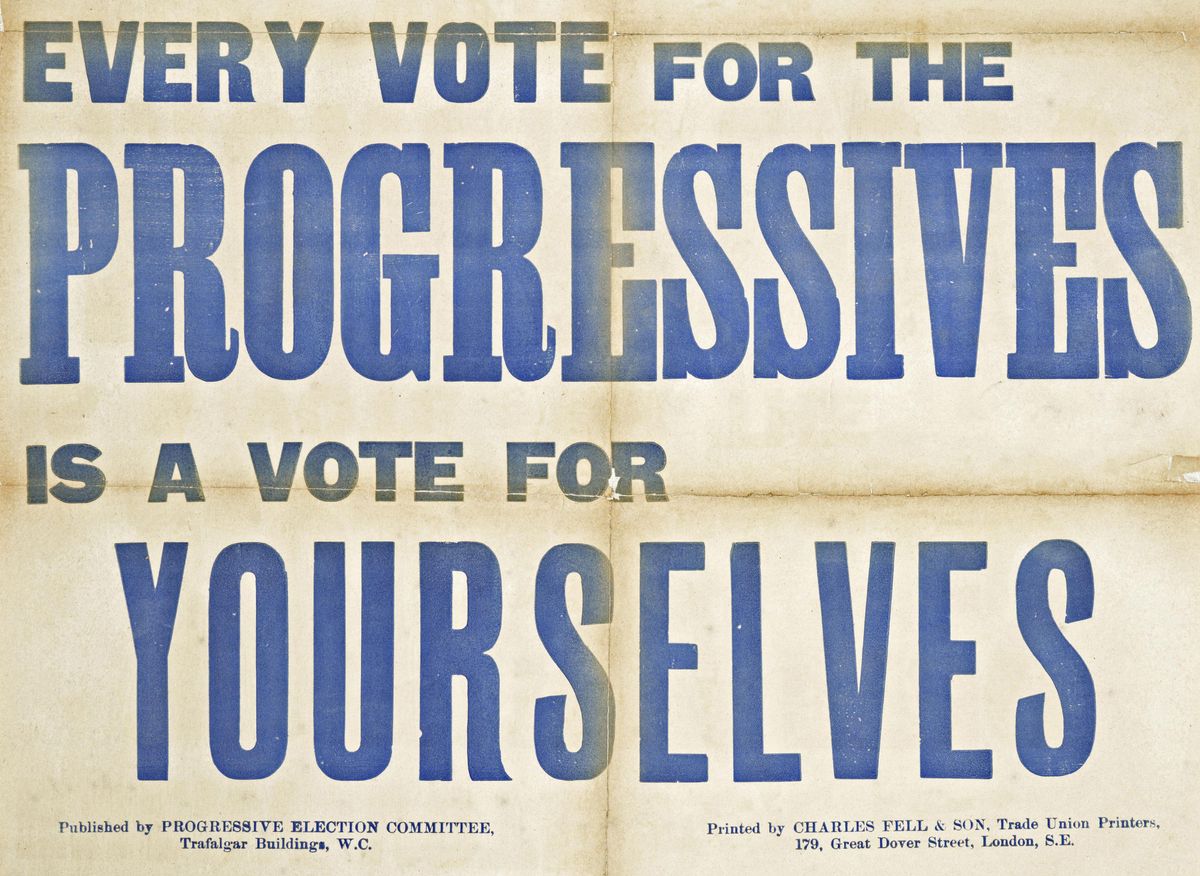
Last week may have been half-term, but there’s been no let-up in the campaigning – even though a big chunk of voters weren’t at home to answer their doors.
Here’s our recap of week 2, with thanks to some new contributors – you know who you are! Keep the tips coming. (Week 1’s Election Diary is here.)
Projecting much?

Just as “this is what each council actually does” is the Clarion’s mantra for local elections, our mantra for the General Election is “polls are not projections”. A recap:
- Opinion poll companies ask thousands of people who they’re going to vote for. The result is something like Lab 45%, Con 25%, LD 8%. That’s a poll and (fairly) objective.
- People then take that poll, and use it to work out what the result will be in each constituency. That’s a projection and not at all objective – it’s one person’s opinion as to how the votes will fall.
Polls have been coming thick and fast this week. The New Statesman and Election Maps UK have averaged these out and produced projections, but what’s really got psephologists talking is a super-detailed projection by Electoral Calculus. Its total of 485 (!) Labour seats and 66 Conservative seized the headlines – though in Oxfordshire, it has the Liberal Democrats in the ascendant. But more of that below.
The candidates
Here’s the list of declared candidates so far. Remember, nothing is final until the deadline on Friday.

Banbury
What the projections say: Clear Labour gain (Electoral Calculus, Election Maps UK); Con/LibDem marginal (New Statesman).
We’re not quite sure what the New Statesman is on, because this is clearly a Con/Lab battle this time round. Labour candidate Sean Woodcock is fighting particularly hard in the areas transferred from the Witney constituency: on Saturday he was out with a huge canvass team including Oxford councillors Brad Baines and Anna Railton, then across to Charlbury the next day. He was also seen at Chipping Norton Pride. (Interested in Pride? See our roundup here.)
Huge turnout for canvassing in Chipping Norton this morning. pic.twitter.com/TGWKWt5aiF
— Sean Woodcock (@SEANLWOODCOCK) June 1, 2024
Meanwhile Victoria Prentis is making a play for local business votes by talking about the roll out of high speed broadband, while Conservative national chairman Ric Holden came to help with the canvass.
It was great to speak to Digital Infrastructure Minister @JuliaLopezMP about the rollout of Project Gigabit across our area. I am pleased to share that the number of premises with access to gigabit broadband in the constituency has risen from 8% in March 2019 to 78% this year. pic.twitter.com/hhGCejK5rT
— Victoria Prentis (@VictoriaPrentis) May 28, 2024
The LibDems are more than happy for Labour to throw their effort into Banbury – in fact, they’ve noticed that Labour’s online campaigning tool is directing activists solely to Banbury in Oxfordshire, leaving the other four rural seats open to the LibDems. (Though a spell check might help.)
Labour is telling activists in Oxfordshire not to actively contest their seats, because they know only the Lib Dems can win.
— English Young Liberals 🏳️⚧️ (@English_YL) May 28, 2024
It's clear that in Oxfordshire the only choice is a vote to re-elect @LaylaMoran and the rest of the Liberal Democrat team to get the Tories out! pic.twitter.com/qJeHpzAQGm
Independent socialist candidate Cassi Bellingham also threw her hat into the ring. She says her priorities are public ownership of the public sector; a just transition and the Industrial Green New Deal; tax reform; and standing in solidarity with the oppressed.
I delighted to say I will be running as an Independent Candidate at the coming General Election.
— Cassi_Bellingham (@North_Oxon) March 17, 2024
British Party Politics is broken beyond repair.
We deserve better.
We need to tackle increasing inequality at source.
More of the same will not cut it. #IndependentsRising pic.twitter.com/RV1GPyPpwT
Bicester & Woodstock
What the projections say: Just 0.1% between Con and LibDem (Electoral Calculus); LibDem win with Con second (New Statesman); three-way marginal (Election Maps UK).
This is shaping up to be a Tory/LibDem scrap as expected. LibDem candidate Calum Miller was quick to seize on the Electoral Calculus projection:
Updated prediction for #GeneralElection2024 in #BicesterandWoodstock from @ElectCalculus confirms what voters are telling us: only the Lib Dems can beat the Conservatives in this seat. Thank you to the many Labour and Green voters who have already pledged to lend me their votes. pic.twitter.com/zjvBd9gsya
— Calum Miller 🔶 (@CalumMillerLD) May 31, 2024
The LibDems are cheerfully touting the number of orange diamond stakeboards they’ve erected here (and around Oxfordshire), but our sense is that this is being run as a ground war rather than an air war: we’re surprised not to see more use of social media. Is that wise in 2024 or does door-knocking still pay off? LibDem leaflets are (in)famous, but has the world moved on?
Bicester has ballooned in recent years and Conservative candidate Rupert Harrison is focusing on the accompanying infrastructure like roads and healthcare. He also, on his social feed, persistently raises the prospect of tax rises under Labour. (See if you can spot Oxford West & Abingdon candidate Vinay Raniga making a guest appearance in this tweet.)
Busy day's campaigning in #Bicester with @NorthOxonCons . People are really starting to engage with the choice at the election now. Top topic on the doorstep was rapid development and the infrastructure needed to make it work, especially roads and healthcare. pic.twitter.com/jKIeNihFse
— Rupert Harrison (@rbrharrison) June 1, 2024
Five days ago Labour were majoring on the previous Electoral Calculus projection, but now that the new one has put the LibDems ahead, they’ve switched to a projection from the Economist instead. Their ground troops appear to have been diverted to Banbury, but candidate Veronica Oakeshott did run a Saturday market stall in Woodstock.
Didcot & Wantage
What the projections say: LibDem gain (Electoral Calculus, New Statesman, Election Maps UK).
For once the projections agree on this one, and it’s not even close. Sitting Conservative MP David Johnston is continuing to fight, though, and has continued with his daily video diaries as he hits the campaign trail. Recent videos have talked about visiting Tokamak Energy with the Secretary of State for Energy, the state of the county's roads, lack of GPs, and pensions.

The LibDems, inevitably, are pointing to the recent Electoral Calculus projection in their activity. Their candidate Olly Glover formally launched his campaign and cited Compass Oxfordshire’s recommendation of him as the tactical voting candidate to beat the Conservatives. This week he campaigned on the NHS, specifically GPs and dentistry.
Thanks to everyone who came to our Wantage launch event last night. Lots of familiar and new faces excited to support the strong Lib Dem offer on the NHS, environment, and economy. pic.twitter.com/O3IYnDgTmC
— Olly Glover for Didcot and Wantage 🔶 (@OllyGloverLD) May 31, 2024
Labour’s Mocky Khan has got his campaign underway with messages on energy, crime and the NHS.
The @DandWLabourCLP are out each evening speaking to residents in our towns and surrounding villages. We are here to listen, and I'm ready to be your voice in Parliament. Vote for Mocky Khan on 4th July. pic.twitter.com/LI2RKMJeZf
— Mocky Khan (@MockyKhan) May 28, 2024
Henley & Thame
What the projections say: Clear LibDem win (New Statesman, Election Maps UK); narrow LibDem win (Electoral Calculus).
Conservative activists in Benson got very excited in Newton Way for their candidate Caroline Newton. Residents there were apparently raising concerns on drainage, housing and schools, while feeding back on the pensions triple lock and the “community involvement scheme for young people” (aka National Service). A correspondent tells us that her focus leans away from Sunak and Conservative party policies – calling it a “greenwash and green wellies”. But to be fair the campaigners in these photos, at least, are resplendent in blue!
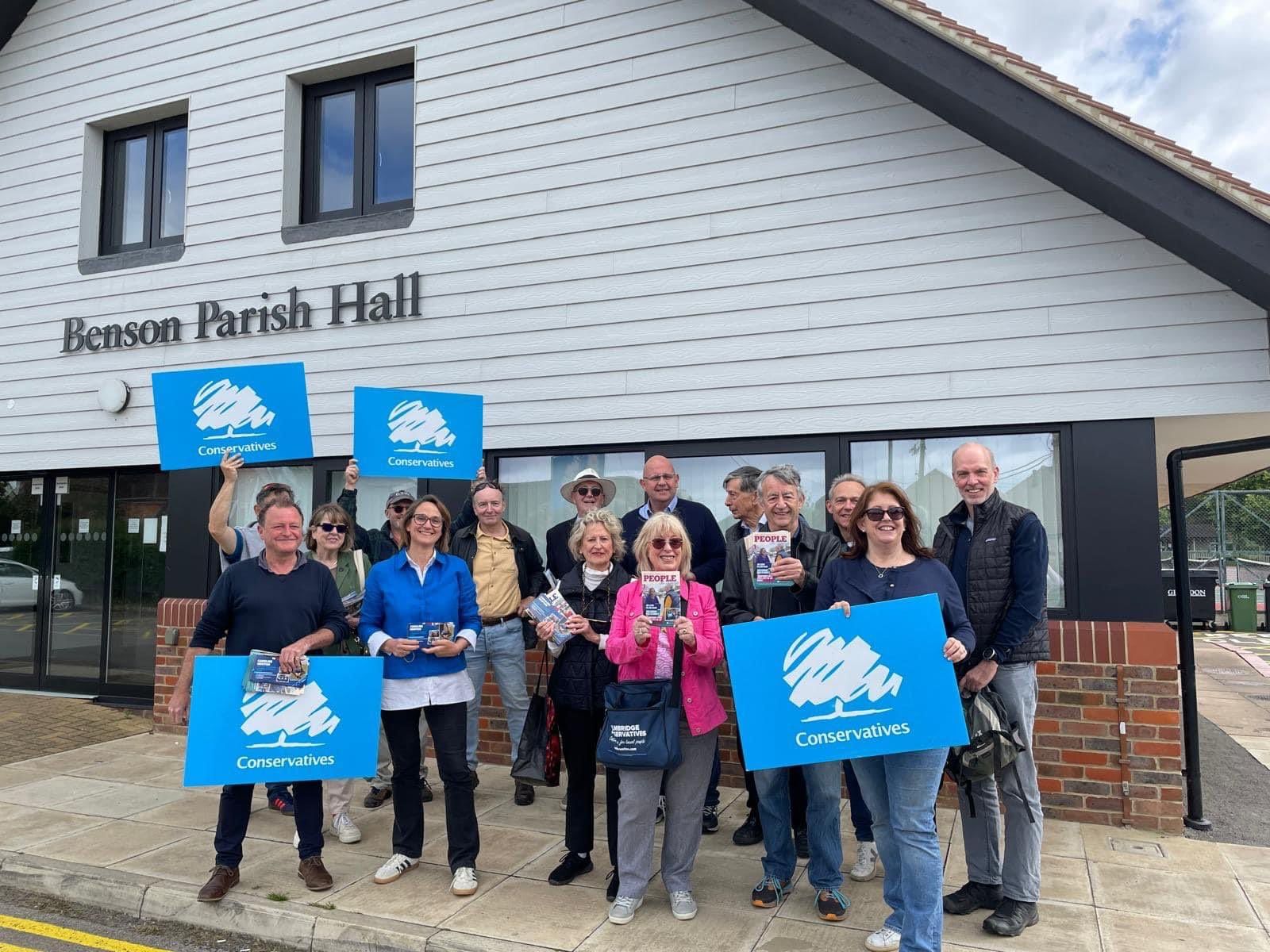
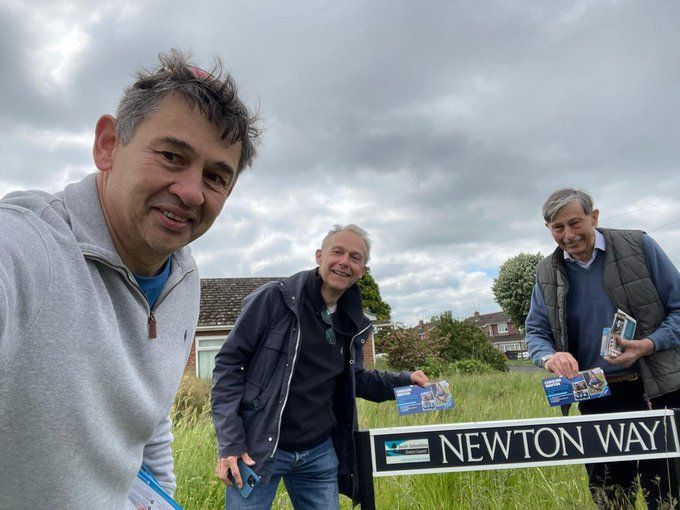
LibDem candidate Freddie van Mierlo marshalled Electoral Calculus to the cause, as you’d expect, and also visited the Royal Berkshire Hospital to talk to staff there. (No Carol Vorderman tweets this week.)
I had the opportunity to speak with staff at the Royal Berkshire. The Tories have made poor progress on their pledge for a new hospital to replace RBH. I am calling for faster progress and for any new A&E and maternity services to be within reach of South Oxfordshire residents pic.twitter.com/K25TGRcTWS
— Cllr Freddie van Mierlo 🔶 (@fivanmierlo) May 31, 2024
Labour’s Nanda Manley-Browne has been “out canvassing”, as the party’s local Facebook page reports:
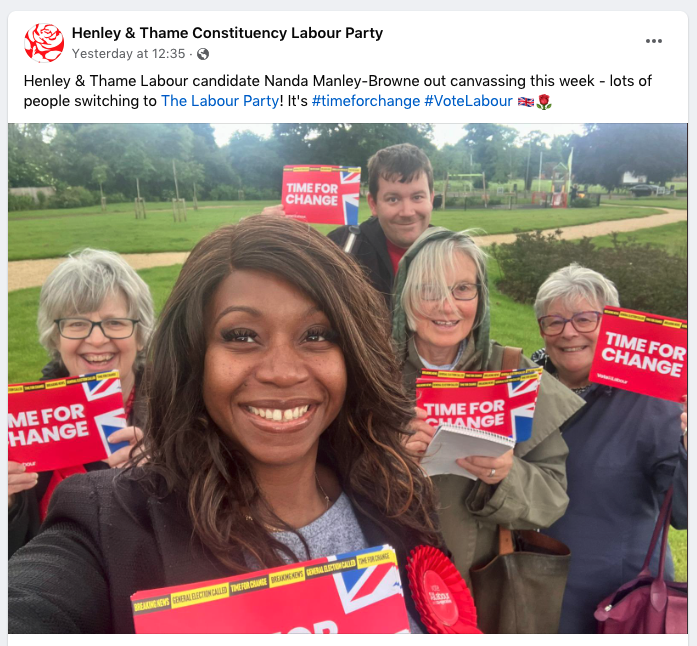
Unfortunately, as her own Twitter feed lets on, this picture was taken in Bodicote – in the Banbury constituency. Not Henley.
Fantastic morning campaigning in #Bodicote for our @UKLabour candidate @SEANLWOODCOCK! Great conversations with residents and a lot of enthusiasm for positive change. Let's keep the momentum going! @BanburyLabour #Bodicote #VoteLabour 🌹 https://t.co/NVEWCWsGhz
— Nanda Manley-Browne (@ManleyNanda) May 30, 2024
Oxford East
What the projections say: Labour hold. Obviously.
As national Labour Party chair, sitting MP Anneliese Dodds has been active on party-wide issues such as the decision whether veteran Labour MP Diane Abbott can re-stand. With a majority of 17,832, she has been seen in Leeds, Wakefield, Gomersal, Soho, Earley and (yes) Banbury this week, but, squeaking in before our story for the week goes live, only once in Hinksey Park. Her team have been out around the city such as here in Headington. On her social media she talks about the NHS, standing with the LGBT+ community, business leaders backing Labour, and Labour's position on the offensive in Rafah.
East Oxford this weekend saw the Magdalen Road Food Festival, which the Clarion reported on here. Apparently a brief cessation of campaigning was declared between Independent David Henwood and LibDem Theo Jupp (both also city councillors), both of whom had been involved in the festival – Henwood by marking bikes with Neighbourhood Watch and Jupp by delivering publicity leaflets.
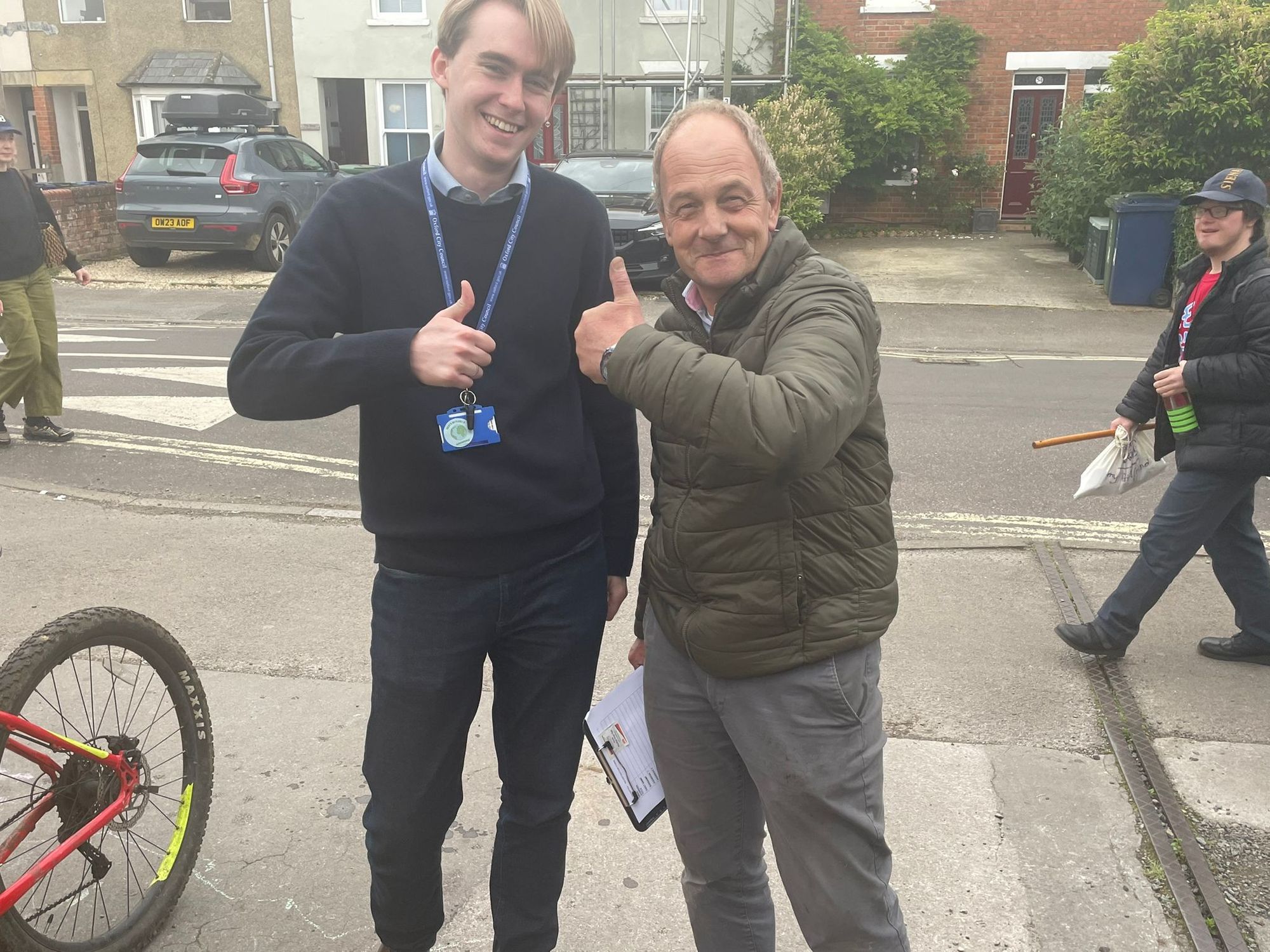
Took a break from general election campaigning this afternoon to spread the word about Saturday’s inaugural Magdalen Road Food Festival. What a fantastic showcase for local businesses — I can’t wait to go! Info here: https://t.co/fATmH2QFkR pic.twitter.com/tR84eE4dVw
— Cllr Theo Jupp 🔶 (@TheoJupp) May 30, 2024
Oxford East Conservatives have finally selected a candidate. Louise Brown teaches at a prep school in Oxford and has previously stood for election as a councillor in Vale of White Horse. She’s been out campaigning in Didcot & Wantage rather than Oxford East:
Very good to be out with @david4wantage hearing residents views on: triple lock plus✅bringing communities together ie Nat Service✅A growing economy- post Brexit we are 4th exporting economy in the world. @Women2Win @Conservatives #election2024 pic.twitter.com/2O2KDVeb8K
— Louise Brown (@votelouisebrown) June 2, 2024
We have, surprisingly, seen no activity from the Green Party. Their local activists have been seen campaigning (or promising to go campaigning) in Bristol Central, which is a Green target seat.
Oxford East also has three independents standing (so far), a candidate for George Galloway’s Workers’ Party of Britain, plus the SDP and rumours of a further left-wing candidate.
Independent candidate David Henwood is standing again after receiving 238 votes in the 2019 election. The Oxford Mail’s Local Democracy Reporter this week devoted a long article to Henwood’s candidacy. As the reporter is BBC-funded and as such committed to “impartial coverage”, we are sure a proportionate amount of space will be devoted to all the other candidates.
Anti-LTN campaigner runs to be Independent MP in Oxford #LTNs #electionsnews https://t.co/1n0tO91GAO
— Oxford Mail (@TheOxfordMail) May 28, 2024
On his website, he is described as the “party leader of Independent Oxford Alliance”. His manifesto focuses on Oxford transport issues.
Independent Jabu Nala-Hartley resigned from Labour over Gaza and is running on a pro-Palestine, socialist platform. She's supported by several national groups: Collective (linked to Corbyn's Peace and Justice Project) and Assemble, the electoral wing of Just Stop Oil.
CANDIDATE NEWS: Jabu Nala-Hartley is your independent left candidate for Oxford East, backed by @wearecollectiv_
— Collective (@wearecollectiv_) May 24, 2024
A former Oxford City councillor, Jabu resigned from Labour to form Oxford Community Socialist Independents.
Support Jabu's campaign: https://t.co/DmFVm3B2h6 pic.twitter.com/y2JUEPAJc5
Electoral campaigns are expensive and both Jabu Nala-Hartley and Amir Steve Ali have launched crowdfunders for their expenses, as has Cassi Bellingham in Banbury. David Henwood has not launched one.
George Galloway's Workers Party of Britain have announced Zaid Marham as a candidate: he was Labour candidate in Henley in 2019. Benjamin Adams is the candidate for the reinvented Social Democratic Party: distinct from the ’80s version which merged into the LibDems, it describes itself as “patriotic, economically left-leaning and culturally traditional” and has previously entered into pacts with the Farage-founded Reform UK.
Oxford West & Abingdon
What the projections say: LibDem hold.
On Wednesday, sitting MP Layla Moran started a campaign to end “dental deserts” after revealing that 4.5 million children in England didn’t see a NHS dentist last year. She unveiled a LibDem manifesto policy to give free dental checkups to children and new mothers on the NHS. (The Clarion wonders if it is a coincidence her Conservative opponent is a dentist?)
Over 40% of local children haven't seen an NHS dentist in the last year.
— Layla Moran 🔶🕊️ (@LaylaMoran) May 31, 2024
The Tories have failed the country on dentistry. We need real change to fix the problem.
That's why we are pledging to give free check-ups to children and new mothers on the NHS.https://t.co/tJl4DwUYxg
In international news the MP, with Palestinian heritage, spoke out on the controversy on Gaza, calling for an bilateral ceasefire, stopping the killing in Gaza and releasing the Israeli hostages. She’s been less present on the doorsteps than usual, however, after a recent bout of sepsis.
Her Conservative dentist opponent Vinay Raniga makes a big play of being an NHS worker in his campaign launch video, and continues to hit the doorsteps as he has done for the last five months.
Why I am running to be your MP in Oxford West & Abingdon…
— Dr. Vinay Raniga (@RanigaVinay) May 30, 2024
I am excited to launch my first campaign video, letting you know why I am so passionate about being your strong, Conservative voice in Parliament.
I live, work and studied in Oxford. I promise to deliver for you just… pic.twitter.com/cOYXARvwrA
Witney
What the projections say: Very narrow Con hold against LibDems (New Statesman), comfortable Con hold (Electoral Calculus, Election Maps UK).
Sitting Tory MP Robert Courts has been at Witney Beer Festival – here pictured pouring a pint of beer from Chadlington, home of Jeremy Clarkson and his predecessor David Cameron – and has been campaigning on Eynsham Park and Ride.
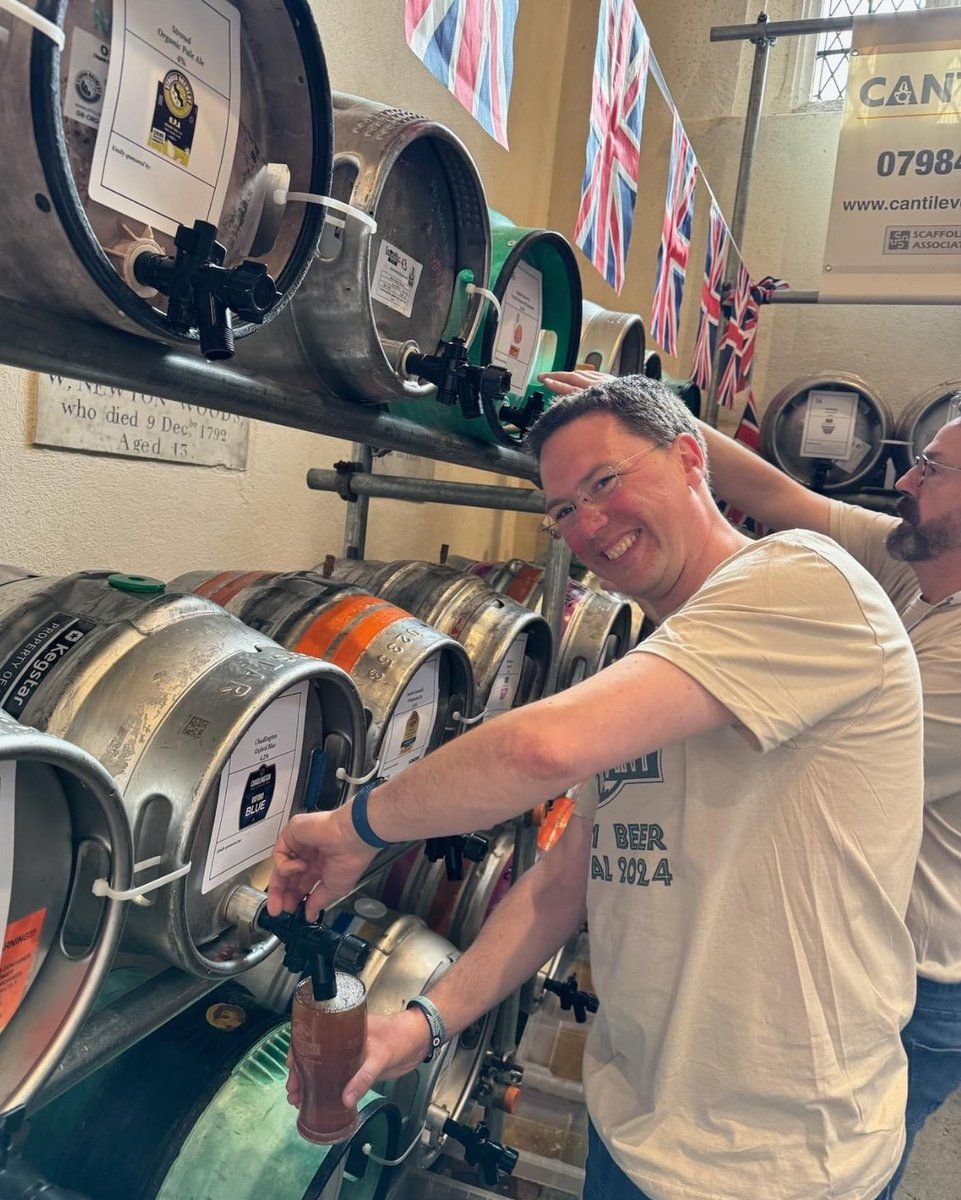
LibDem challenger Charlie Maynard has been pointing to polls from the New Statesman and Election Maps UK, plus a recommendation from tactical voting group Compass Oxfordshire, as evidence that he has momentum in this campaign. Like other LibDems across the county, he has campaigned on sewage, dentistry and Brexit while answering questions from potential constituents on social media on Palestine.
He's also been campaigning in Witney Central with his mum, and taking photos of impressive interior decor.

Labour challenger Georgia Meadows shared the previous Electoral Calculus projection, though not the latest with the LibDems ahead. As Oxfordshire’s only trans candidate she opened Chipping Norton Pride – Chipping Norton is now in the Banbury constituency, a Labour target – and campaigned on the NHS among other things.
It was lovely to be down at the second Chipping Norton Pride today, where I was happy to be invited to open the event.
— Georgia Meadows (@MsGrgaMeadows) June 1, 2024
Lovely day, great atmosphere, great music and great beer too I hear! https://t.co/hfgjZfqbe9
At the Clarion we find Witney the hardest to call of all the county’s seats. The LibDems have yet to break through, Conservative incumbent Robert Courts doesn’t have the profile of his illustrious predecessors Cameron and Hurd, and Labour aren’t treating it as a target.
Around the country
We’re here to report on Oxfordshire constituencies, but several Oxfordshire politicians are standing elsewhere in Britain.
- Labour’s Tom Hayes (Labour, former deputy leader of Oxford City Council) is standing in Bournemouth East
- Perran Moon (Labour, from Banbury) is standing in Camborne, Redruth & Hayle, the ex-mining towns in Cornwall
- Marie Tidball (Labour) is up in Penistone & Stocksbridge, South Yorkshire
- John Howson (LibDem) is standing in Weald of Kent, a safe Conservative seat
- Luke Akehurst (Labour) isn’t an elected councillor, but as a member of the party’s National Executive Committee, a “senior Keir Starmer ally” and partner of city councillor Linda Smith, he’s among Oxfordshire’s most influential politicians. He has been selected for the safe seat of North Durham, although his background as director of We Believe In Israel and an outspoken critic of Jeremy Corbyn has led to protests, bizarrely involving a child’s birthday party.
Big family news. .... https://t.co/fwFxLvSW1e
— Linda Smith (@LabLinda75) May 29, 2024
Linda Smith also appears in this problematic video, which has some abrupt cuts, but has been seen many times on social media. Oxford East politicos have weighed in with Cllr Theo Jupp, LibDem candidate, calling it “carpetbagging” while Alex Powell (newly elected city councillor for the Green Party) offered his party as an alternative for left-wingers:
So, Diane Abbott, Lloyd Russel-Moyle, Faiza Shaheen, and Aspana Begum all barred from standing under Starmer's leadership but Luke Akehurst and Natalie Elphicke are fine...
— Alex Powell (@APowellLaw) May 29, 2024
Tired of top down leadership imposing right-wingers? There is an alternative: https://t.co/JLYpDPCkwZ
(Do you want to see more of this coverage, even though it’s not Oxfordshire? Let us know.)
And this week?
As canvass returns start to filter into each party’s databanks, expect to see campaigners re-routed accordingly. Canvassers might be sent from a comfortable hold to shore up a candidate in difficulty, or conversely, to take advantage of a better-than-expected reception on the doorstep.
With turnout at General Elections typically between 60% and 70%, it’s a good day to stage local by-elections too – though we have heard of Oxfordshire returning officers fighting back against this because they have more than enough to do. Marston city councillor Alistair Morris (Green) today announced he is stepping down and an election date is expected.
General Elections are a curious mix of the local and the national. Leaflets will proclaim their candidate is “working hard for Oxford” (or Banbury, or Witney, or wherever), but it’s national – and even international – issues that swing the most votes. Any candidate’s campaign plans could be derailed by Thames Water’s slow collapse, by Palestine, by a tax row, or a thousand other unknowns: “events, dear boy, events”. We’ll be back next week with a round-up of those events.
